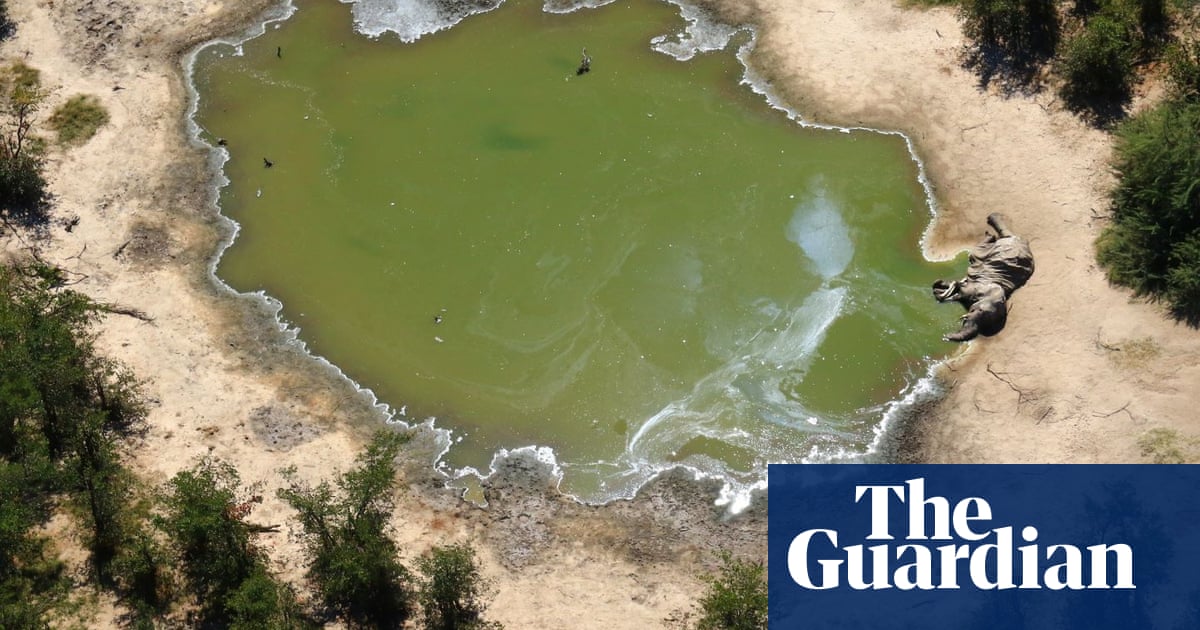
"The sudden deaths of elephants in May 2020 were alarming to conservationists, as 350 elephants died due to toxic water from an algal bloom."
"Studies published in November 2024 suggest that the 2020 elephant deaths were caused by toxic water from a cyanobacteria algal bloom created by climate conditions."
"While not all algal blooms are harmful, those that release toxins can devastate ecosystems, indicating a greater concern for freshwater ecosystem stability."
"As climate conditions worsen, harmful algal blooms are increasing, posing risks not just to wildlife like elephants, but to entire freshwater ecosystems."
In May 2020, an unusual and alarming event unfolded in the Okavango delta as over 350 elephants died under mysterious circumstances. Initially dismissed as poaching, the animals' tusks remained intact, hinting at another cause. Five years later, researchers determined that toxic cyanobacteria algal blooms, triggered by abrupt climate shifts, led to these elephants' deaths. The study reflects a potential crisis with harmful algal blooms increasing in frequency, suggesting a significant threat to freshwater ecosystems and wildlife across the globe, raising questions about environmental stability versus human needs in managing natural resources.
Read at www.theguardian.com
Unable to calculate read time
Collection
[
|
...
]